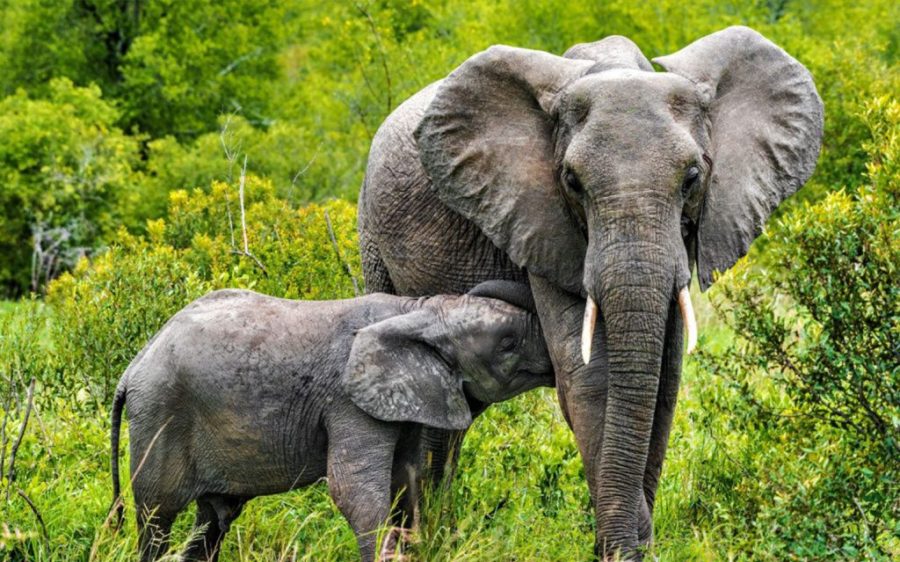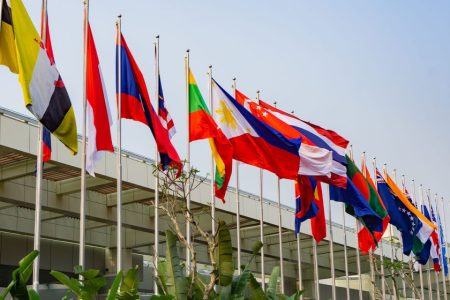Mozambique’s Chimanimani National Park is monitoring the movement of elephants in real-time in an effort to encourage ecological corridors and mitigate human-wildlife conflicts, reports Lusa.
The Biodiversity Conservation and Community Development (CBDC) project has seen three elephants in the park fitted with movement monitoring collars. As elephants are highly social animals, travelling in family herds, only a few such devices are needed to provide insight on the movements of larger numbers.
Monitoring the elephants is part of a wider initiative that aims to improve estimates of animal populations and monitoring of ecological corridors, to achieve “a balance between improving the socio-economic conditions of local communities and conserving natural resources and biodiversity.”
[See more: Angola takes a major step toward repopulating its national parks]
Between 2019 and 2022, more than 160 people were killed and 955 hectares of cropland destroyed by wildlife across 45 districts. Elephants were among the “most problematic species” in the provinces of Maputo, Sofala, Nampula, Niassa and Manica, where Chimanimani National Park is located.
Other species caught up in human-wildlife conflict are hippopotamuses, hyenas, buffalos and crocodiles, impacting provinces from Maputo in the country’s south, all the way to Niassa in the north.
The project aims to reduce these conflicts at Chimanimani by encouraging ecological corridors, with an eye toward promoting more sustainable environmental management in the park and its buffer zone. Funding for the €4.8 million initiative comes from the French Development Agency, the French Global Environment Facility, and Fauna and Flora International.






